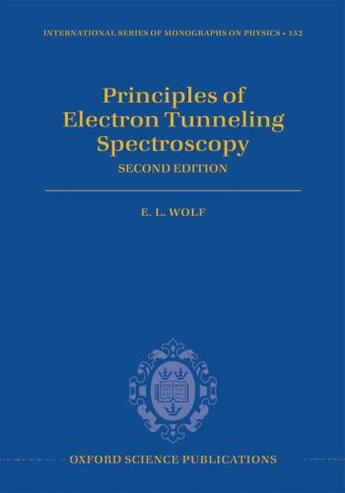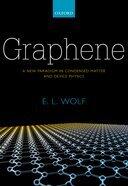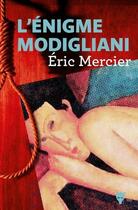-
Nombre de pages : (-)
-
Collection :
(-)
-
Genre :
(-)
-
Thème :
Non attribué
-
Prix littéraire(s) :
(-)
Résumé:
Electron tunnelling spectroscopy is a research tool which has strongly advanced understanding of superconductivity. With the invention of the scanning tunneling microscope, STM, by Nobelists G. Binnig and H. Rohrer, beautiful images of atoms, rings of atoms and of exotic states in high... Voir plus
Electron tunnelling spectroscopy is a research tool which has strongly advanced understanding of superconductivity. With the invention of the scanning tunneling microscope, STM, by Nobelists G. Binnig and H. Rohrer, beautiful images of atoms, rings of atoms and of exotic states in high temperature superconductors have appeared. Some of the most famous images of any kind, at this date, are STM topographs. This book explains the physics and the instrumentation behind the advances illustrated in the famous images, and summarizes the state of knowledge that has resulted. It presents the current state of the art of tunneling- and scanning tunneling spectroscopies of atoms, molecules and especially superconductors.
The first edition of Principles of Electron Tunneling Spectroscopy has been a standard reference for active researchers for many years. This second edition fully embraces the advances represented by the scanning tunnelling microscope and, especially, scanning tunnelling spectroscopy. Stunning images of single atoms and spectral images of impurity states in high temperature superconductors will set this volume apart from its predecessor. The background and current status are provided for applications of Scanning Tunneling Microscopy and Spectroscopy to single atoms and molecules, including determination of bonding energies and vibrational frequencies. The applications to high temperature superconductivity are carefully introduced and the current status is described. A new section covers the astounding advances in instrumentation, which now routinely provide atomic resolution, and, in addition, developments in imaging and image processing, such as Fourier Transform Scanning Tunneling Spectroscopy.
Donner votre avis















